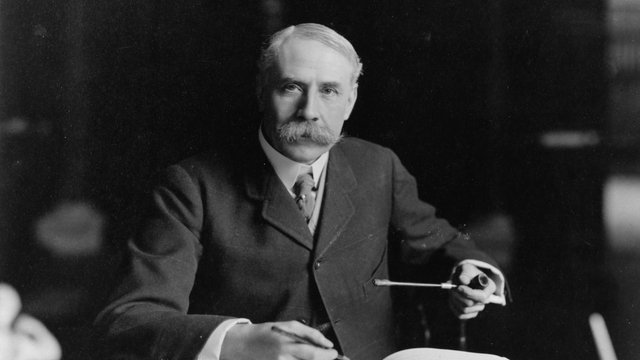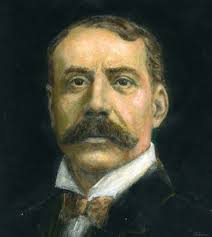Introduction
Edward Elgar, one of England’s most distinguished composers, has left an indelible mark on the world of classical music. Renowned for his orchestral works and contributions to choral and chamber music, Elgar’s compositions exude a unique blend of emotional depth, technical mastery, and quintessentially British character. Here, we explore ten of Elgar’s finest works, each a testament to his genius and enduring legacy.
1. Enigma Variations, Op. 36
The “Enigma Variations” is perhaps Elgar’s most celebrated orchestral work. Composed in 1899, this piece consists of fourteen variations on an original theme, each variation depicting one of Elgar’s friends or family members. The “Nimrod” variation is particularly beloved for its profound emotional resonance and is often performed at solemn occasions.
2. Pomp and Circumstance Marches, Op. 39
Elgar composed five “Pomp and Circumstance Marches,” with the first march, commonly known as “Land of Hope and Glory,” becoming an unofficial British anthem. These marches, filled with grandeur and patriotic fervor, are staples at graduation ceremonies and state events.
3. Cello Concerto in E Minor, Op. 85
Written in the aftermath of World War I, Elgar’s Cello Concerto is a deeply reflective and somber work. Premiered in 1919, it has become a cornerstone of the cello repertoire, known for its lyrical beauty and emotional intensity.
4. Violin Concerto in B Minor, Op. 61
Elgar’s Violin Concerto, completed in 1910, is a monumental work that showcases his skill in writing for the violin. It is both technically demanding and profoundly expressive, making it a favorite among violinists and audiences alike.
5. The Dream of Gerontius, Op. 38
This oratorio, based on a poem by Cardinal John Henry Newman, is considered one of Elgar’s masterpieces. Composed in 1900, it tells the story of a dying man’s journey to the afterlife. The work is noted for its dramatic narrative, rich orchestration, and spiritual depth.
6. Serenade for Strings in E Minor, Op. 20
Elgar’s “Serenade for Strings” is a charming and elegant work composed in 1892. Despite its modest length and instrumentation, it exudes warmth and sophistication, making it a favorite among string ensembles.
7. Sea Pictures, Op. 37
This song cycle for contralto and orchestra, composed in 1899, sets five poems with maritime themes. “Sea Pictures” is admired for its evocative orchestration and the way it captures the essence of the sea in both its tranquility and power.
8. Symphony No. 1 in A-flat Major, Op. 55
Elgar’s First Symphony, premiered in 1908, was a resounding success and quickly became popular in concert halls. The symphony is marked by its expansive themes, intricate development, and a sense of optimism and grandeur.
9. Symphony No. 2 in E-flat Major, Op. 63
Elgar’s Second Symphony, composed in 1911, is often regarded as his most ambitious symphonic work. It reflects a more introspective and complex character, with intricate orchestration and a profound emotional depth.
10. Salut d’Amour, Op. 12
One of Elgar’s early works, “Salut d’Amour” is a charming and melodious piece written for violin and piano in 1888 as an engagement gift for his future wife, Caroline Alice Roberts. Its sweet, lyrical quality has made it a perennial favorite.
Conclusion
Edward Elgar’s music continues to captivate audiences with its emotional richness, technical brilliance, and quintessentially British charm. His compositions have become integral to the classical music repertoire, ensuring that his legacy endures for generations to come. Whether in the concert hall or on recordings, Elgar’s works remain a testament to his remarkable talent and enduring influence on the world of music.


Comments are closed